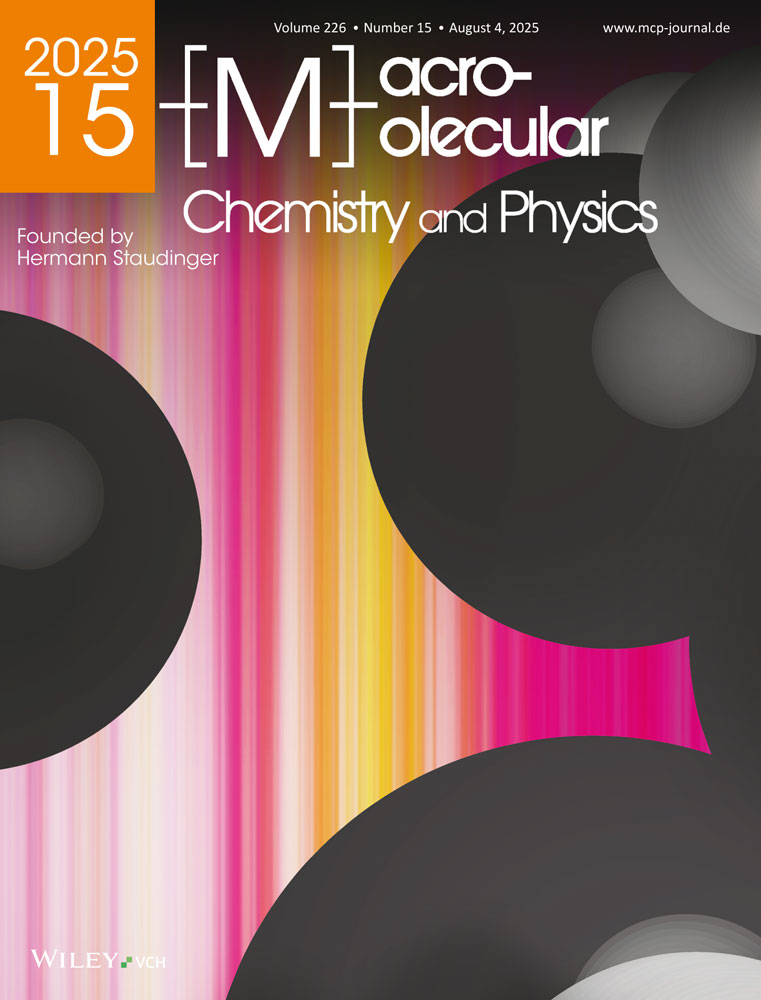4-methoxy substituted trityl groups in 6-O protection of cellulose: Homogeneous synthesis, characterization, detritylation
Abstract
The reaction of cellulose with methoxy-substituted triphenylmethyl chlorides under homogeneous conditions in the presence of pyridine was carried out with the aim to develop new protective groups for cellulose simply introducable and completely removable under mild conditions. The obtained cellulose ethers dissolve well in solvents such as N,N-dimethylformamide, N,N-dimethylacetamide, dimethyl sulfoxide, 1,4-dioxane and tetrahydrofuran and show a high 6-O selectivity. The study proves that the speed of tritylation as well as of detritylation increases in the order unsubstituted trityl/monomethoxytrityl/dimethoxytrityl/trimethoxytrityl. The substituent distribution of the methoxy-substituted triphenylmethyl ethers of cellulose was determined by means of 13C NMR spectroscopy of the polymers and by high-performance liquid chromatography after chain-degradation. Since the methoxy substituted trityl groups were introduced faster and removed easier than the unsubstituted trityl group, they are, therefore, useful tools for a regioselective synthesis of 2,3-functionalized cellulose derivatives.




